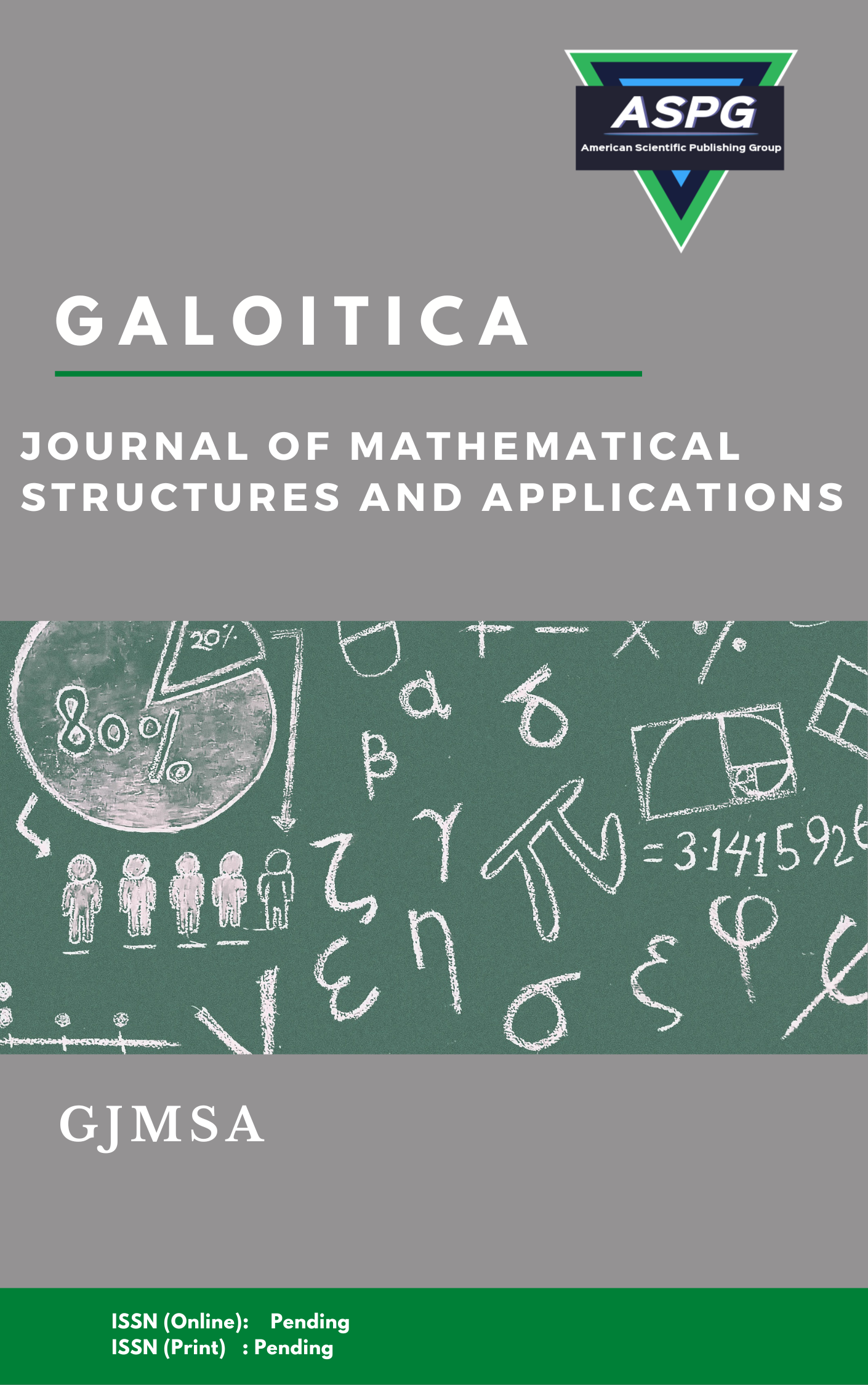

The main goal of this paper is to study the properties of symbolic 5-plithogenic matrices and symbolic 6-plithogenic matrices with real entries, where an algebraic view of their properties and relations will be presented and discussed. Also, we present many theorems that concern the computing of their eigenvalues and eigenvectors and their connection with classical ordinary matrices. Many related examples will be provided to clarify the validity of our work.
Read MoreDoi: https://doi.org/10.54216/GJMSA.070101
Vol. 7 Issue. 1 PP. 08-17, (2023)
Fuzzy logic plays a huge role in the symbolic inference and causality associated with modern cognitive human systems. In this paper, we present a mathematical method that defines the mechanism of forming a hybrid structure in which neural networks and expert systems are connected so that one forms a primary processing stage for the other, where the neural network can act as a primary processor that processes low-level information, or as an internal Subsystem for learning tasks or generalization and classification. Where neural networks can be used to generate rules using training data and then submit these rules to be used by a fuzzy system to give the final results.
Read MoreDoi: https://doi.org/10.54216/GJMSA.070102
Vol. 7 Issue. 1 PP. 18-25, (2023)
In this paper, a novel improved method is presented to perform the local repair process of AntHocNet protocol. In the novel proposed method, in the case of failed connection, the node that checks the connection looks for the link that leads to node which follows the out-of-service node instead of the destination node. If it is existed, then the path will be repaired and completed quickly.
Read MoreDoi: https://doi.org/10.54216/GJMSA.070103
Vol. 7 Issue. 1 PP. 26-35, (2023)
This paper is dedicated to study the concept of symbolic neutrosophic metric spaces and refined neutrosophic metric spaces (X(I),d) which are generated by classical metrics, where many elementary properties will be discussed in terms of theorems and examples. Also, we study the topological properties of neutrosophic open balls, closed balls, and their topological metric complements, with many related examples that clarify the validity of our work.
Read MoreDoi: https://doi.org/10.54216/GJMSA.070104
Vol. 7 Issue. 1 PP. 36-42, (2023)
This research presents the concept of neutrosophic Bayesian estimation defining the neutrosophic loss function, neutrosophic risk function, neutrosophic posterior risk function and neutrosophic maximum a posteriori estimator. Minimization of the neutrosophic posterior risk of the estimator is also discussed. An algebraic isomorphism is used to simplify equations solving. As an application of the presented theorems, a sample drawn from a neutrosophic gamma distribution with a conjugate prior is discussed and studied and the parameter of the formulated distribution is successfully estimated using neutrosophic quadratic loss function which results an estimator that equals the posterior mean.
Read MoreDoi: https://doi.org/10.54216/GJMSA.070105
Vol. 7 Issue. 1 PP. 43-50, (2023)